Local North Queensland information for Local North Queenslanders.
The importance of thorough soil preparation cannot be stressed too much – it is the key to creating a successful native garden…
 The ultimate success of your garden depends just as much on soil preparation as it does on the correct choice of plants.
The ultimate success of your garden depends just as much on soil preparation as it does on the correct choice of plants.
For plants to grow in height and bushiness above the ground, they require loose soil for their roots to grow below the ground. Plants won’t grow if their roots can’t grow.
Quite simply, shoot growth is proportional to root growth, and root growth is proportional to the amount of loose soil available. Therefore it is important to dig up and thoroughly loosen the soil before planting. The more loose soil you provide, the better growth you will get.
Unfortunately, digging up the ground is hard work, but the old adage “results are proportional to effort” applies as much to gardening as to every other aspect of life. Lazy gardeners usually have terrible gardens!
For New Homes:
If you’re still building your house, decide where you want your gardens to go, and when the bobcat comes in to clean up the yard just before the builders leave, get him to dig up the beds for you. It will take him no time at all, so it will cost you very little. You don’t have to plant straight away – the soil will stay nice and loose as long as you don’t walk or drive all over it. Just cover it with mulch to stop the weeds growing and becoming unsightly.
In Small Yards:
If you have a small garden, roll up your sleeves, take a deep breath, and get to work with a pick, shovel and bare hands to physically break up the soil. You haven’t finished until your original hard lumpy ground is nice and soft and friable. Yes, the effort is worth it – you will be repaid a thousand times over by the fast, vigorous growth of your plants.
Dry ground is hard to dig, so it pays to water the area over a period of a couple of days to soften it up and make your task a bit easier. If you’re not in a hurry, cover the area with thick organic mulch for several months before digging. As the mulch breaks down it conditions the soil beneath and makes it much softer to dig.
On a Large Block:
If you own acreage, hire a bulldozer or tractor with rippers to rip up your garden beds. It’s not expensive – for a hundred of dollars a machine will dig up an area which would take you weeks to prepare by hand, and the resulting plant growth will be spectacular to say the least.
Note: Light sandy soils may require little or no preparation but they will need an extra layer of mulch.
 To Mound or Not to Mound…
To Mound or Not to Mound…
The reason why you might consider building mounds are:
- Your soil is dreadful, and dumping a load of garden loam on top seems the easiest way of making a garden.
- Your soil is very badly drained and you need to build it up.
- You want to grow grevilleas and other “dryland” plants which require better drainage than other plants.
- You need to create a sound or visual barrier around your block.
- Mounds add aesthetic appeal to your garden.
This is all well and good, BUT:
- Mounds dry out much faster than un-mounded beds.
- Mounds are difficult to water properly, since a lot of water runs off the sides rather than soaking in.
If you thoroughly prepare your garden beds before planting, you get a slightly mounded appearance anyway since loosening and aerating the soil fluffs it out.
BUILDING A MOUND IS NO SUBSTITUTE FOR CULTIVATING AND THOROUGHLY PREPARING YOUR EXISTING GROUND.

If your soil is so bad that you need to import new soil in order to plant, don’t just dump it on top of unprepared ground. First loosen the surface of the original ground so that roots will be able to penetrate it once the plants have grown. If you don’t do this, there will be a hard interface between the two soil types, and when the roots hit the original ground they will either stop growing or grow along the interface horizontally. Either way, the plants will have poor root systems and will be prone to blowing over.
Grevilleas and other “dryland” plants require an open sunny position first and foremost. If you satisfy these requirements, then good soil preparation and careful choice of site will usually ensure adequate drainage without having to go to the expense and effort of creating an artificial mound.
When we at Yuruga weigh up all the factors for and against mounds, we have to recommend against them in most situations.
A Few Hints:
Don’t:
- Don’t plant your plants in hard unprepared ground.
- Don’t use a post-hole-digger to plant your plants.
- Don’t leave grass growing around your plants.
- Don’t use a rotary hoe unless you’ve dug up the ground first.
- Don’t rip steep creek banks and risk creating an erosion nightmare.
- Don’t turn the soil upside down – keep the topsoil on top and and subsoil underneath.
Remember:
- Plants won’t grow if their roots can’t grow.
- The more loose soil you provide, the better growth you will get.
- Kill all the grass in your garden beds and around your plants. Grass severely inhibits the growth of plants.

